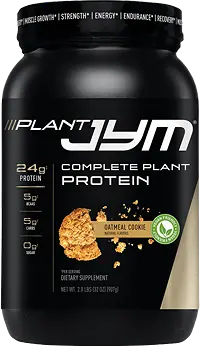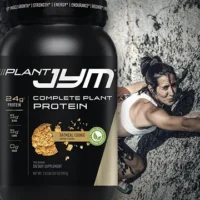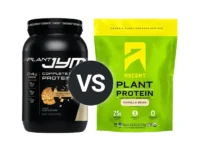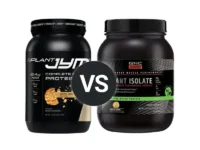Knowledge BaseYou're Questions Answered
BACK
How is soy protein powder made?
Soy protein powder is typically made from whole soybeans or soy protein isolate, which is a highly purified form of soy protein. The process of making soy protein powder typically involves the following steps:
- Soybean selection: The first step is to select high-quality soybeans that are free from contaminants and impurities.
- Dehulling and cleaning: The soybeans are then dehulled and cleaned to remove any impurities and contaminants.
- Grinding: The cleaned soybeans are then ground into a fine powder. This process is typically done using a hammer mill or roller mill.
- Extraction: The soy powder is then mixed with water to form a slurry. The protein is then extracted from the slurry using various techniques, such as ultrafiltration, precipitation, or centrifugation. This results in a concentrated protein solution.
- Isolation: For soy protein isolate, the protein is further purified and isolated to remove any remaining carbohydrates, fats, and other non-protein components.
- Drying: The concentrated protein solution (or isolate) is then dried using various techniques, such as spray drying or drum drying, to remove any remaining moisture.
- Packaging: The final step is to package the soy protein powder in airtight containers to preserve its quality and prevent contamination.
It's important to note that the process of making soy protein powder can vary depending on the specific brand and product, as well as the methods of extraction and processing. Some soy protein powders may also contain additional ingredients such as sweeteners, flavorings, or vitamins and minerals.
Was this answer helpful? Let us know!
Like
Add to this Answer
Related Questions

Disclosure
Your Answer
Do you have a suggestion to improve the answer? Please detail your suggestions and provide any references to information that may support your answer if available.
The content on this site has not been written, reviewed or endorsed by a medical professional. We assume no liability for the misuse of supplements and recommend you review the label of any product, as well as consulting with your health care professional.
We are a participant in the Amazon Services LLC Associates Program, an affiliate advertising program designed to provide a means for us to earn fees by linking to Amazon.com and affiliated sites.
We are a participant in the Amazon Services LLC Associates Program, an affiliate advertising program designed to provide a means for us to earn fees by linking to Amazon.com and affiliated sites.
© 2026 ProteinPowder.com






